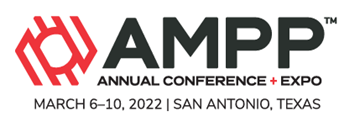Search
Products tagged with 'tank coatings'
View as
Sort by
Display
per page
15.5-Year Inspection Reveals the Effectiveness of a Single-Coat Epoxy
Product Number:
51322-17996-SG
Publication Date:
2022
$20.00
A Case Study on the Failure of Fiber Reinforced Epoxy (FRE) Lining on Condensate Storage Tank
Product Number:
51323-19193-SG
Publication Date:
2023
$20.00
Case Study Based On Failure And Application Of Surface Coating (Powder Coating)
Product Number:
51322-18109-SG
Publication Date:
2022
$20.00
Case Study On The Failure Of Polyurea Elastomer (PU) Coating in a Sea Water Storage Tank
Product Number:
51323-19160-SG
Publication Date:
2023
$20.00




